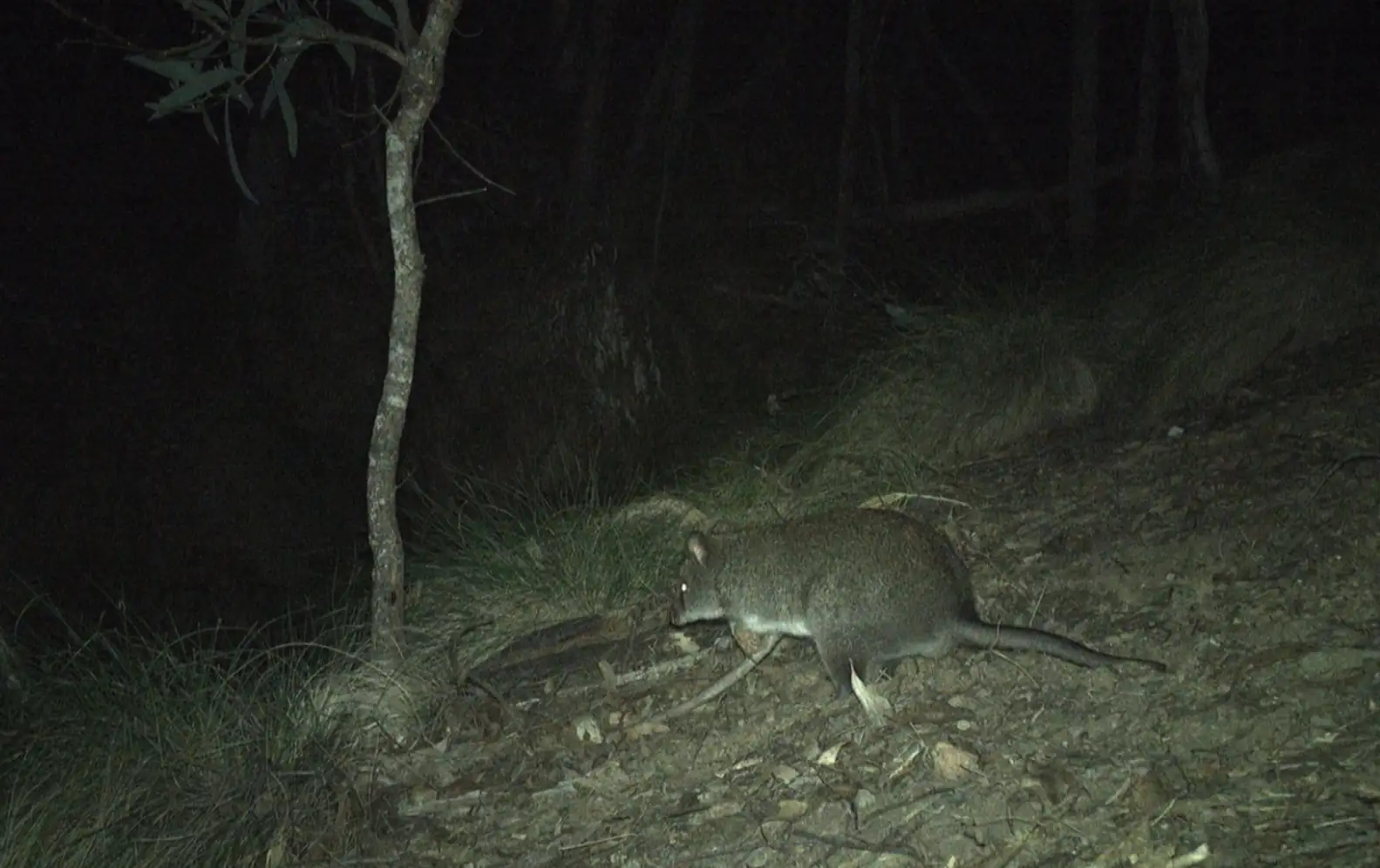Late one night in Australia’s Kosciuszko National Park, a small marsupial dashed across the forest floor, its movements quick and confident under the cover of darkness. The animal paused briefly in a clearing, unaware that a nearby camera trap was recording a moment that would leave scientists astonished.
The mystery guest was a long-footed potoroo — one of the rarest mammals in New South Wales and a species that hadn’t been documented in the park since the 1990s.
“This important discovery of the long-footed potoroo is a promising sign for the long-term survival of this critically endangered species,” said environment minister Penny Sharpe in a statement to Yahoo News.
According to the NSW Government Office of Environment & Heritage, long-footed potoroos are rabbit-sized marsupials with long noses and nearly hairless tails. Once widespread in the moist forests of southeastern Australia, their numbers plummeted due to habitat loss, logging, and predation from feral cats and foxes.
Beyond their rarity, these potoroos play a vital ecological role. Often called “ecosystem engineers,” they dig through soil while searching for fungi — their favorite food — which helps aerate the ground and promote healthy forest growth.
The rediscovery has given conservationists renewed hope. “Another potential population is encouraging for the species’ long-term survival, as it reduces the risk of extinction by feral predators and natural hazards like bushfires,” the NSW National Parks and Wildlife Service shared in a Facebook post.
For now, the single sighting offers a glimpse of optimism. If continued conservation efforts succeed, perhaps one day spotting a long-footed potoroo in Kosciuszko National Park will no longer be a once-in-a-generation surprise.
